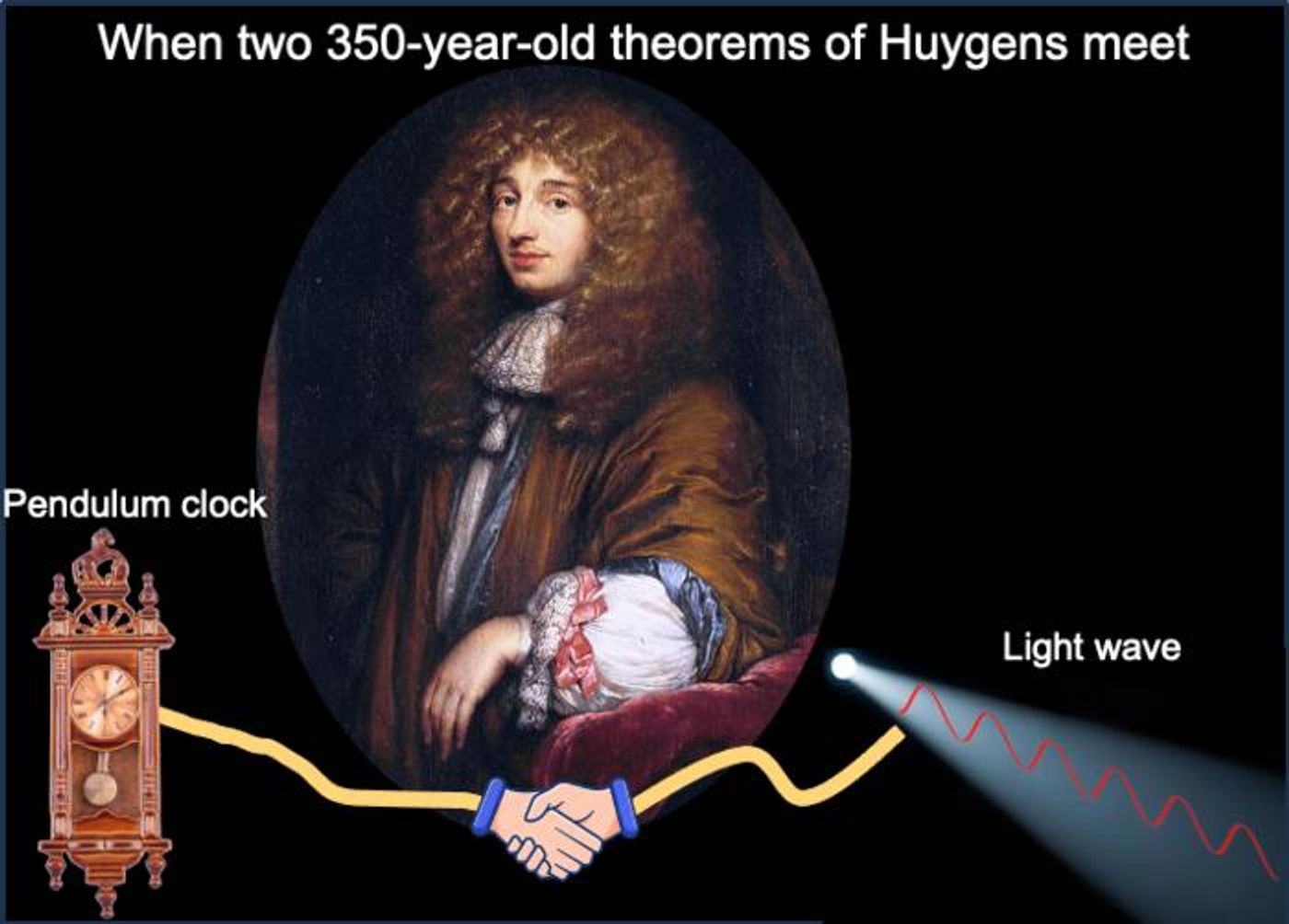Unifying Light: Bridging the Gap between Waves and Particles through Mechanical Theorem
A recent study published in an online issue of Physical Review Research examines the connections between the different properties of light, specifically pertaining to whether light acts as a wave or particle, which has been debated for hundreds of years. This revelation involved using a 350-year-old mechanical theorem that has long been used to describe the pendulum and planetary motion and holds the potential to help scientists better understand optical system properties and possibly quantum systems.
Physicists from the Stevens Institute of Technology used a theorem from 1673 to unveil new light wave properties. (Credit: Stevens Institute of Technology)
“We’ve known for over a century that light sometimes behaves like a wave, and sometimes like a particle, but reconciling those two frameworks has proven extremely difficult,” said Dr. Xiao-Feng Qian, who is an assistant professor of physics at the Stevens Institute of Technology, and lead author of the study. “Our work doesn’t solve that problem — but it does show that there are profound connections between wave and particle concepts not just at the quantum level, but at the level of classical light-waves and point-mass systems.”
For the study, the researchers used the aforementioned mechanical theorem that was created by Christiaan Huygens in his 1673 book, “The Pendulum Clock: or Geometrical Demonstrations Concerning the Motion of Pendula as Applied to Clocks”, translated to English. This theorem describes how energy is used to rotate an object based on the object’s rotational axis and its mass. While the light doesn’t contain mass, the researchers used the light’s intensity as a substitute, followed by mapping those measurements and used the mechanical theorem to interpret them.
Through this, they were able to ascertain that measuring light intensity can help better understand the various characteristics of light, including correlations, phases (also called waves), and amplitudes by also discovering a positive correlation between the polarization and entanglement of light.
“This was something that hadn’t been shown before, but that becomes very clear once you map light’s properties onto a mechanical system,” said Dr. Qian. “What was once abstract becomes concrete: using mechanical equations, you can literally measure the distance between ‘center of mass’ and other mechanical points to show how different properties of light relate to one another.”
As noted, better understanding these relationships of light could help scientists gain insight into optical system properties, and even quantum systems.
What new discoveries will scientists make about light properties in the coming years and decades? Only time will tell, and this is why we science!
As always, keep doing science & keep looking up!
Sources: Physical Review Research, Stevens Institute of Technology, EurekAlert!, Wikipedia, Wikipedia (1), Wikipedia (2), LightColourVision.com









